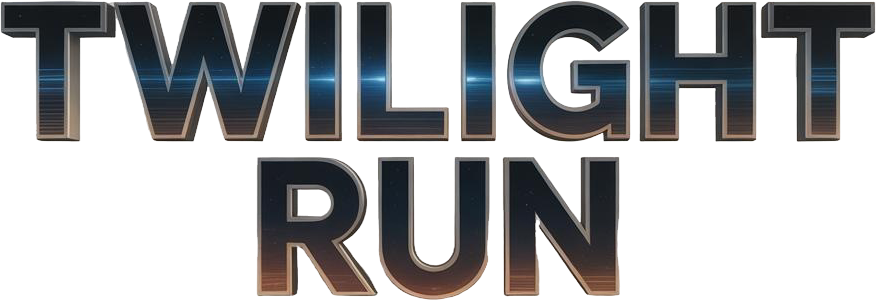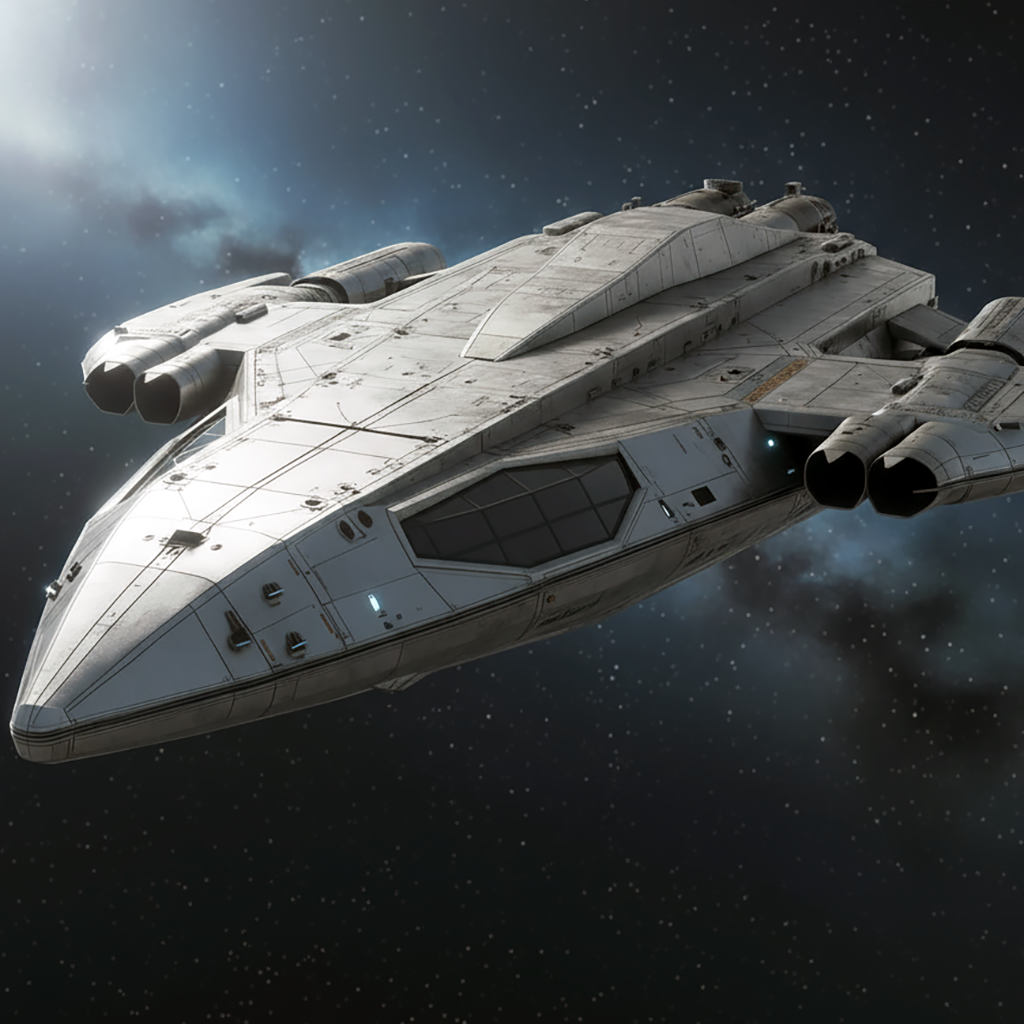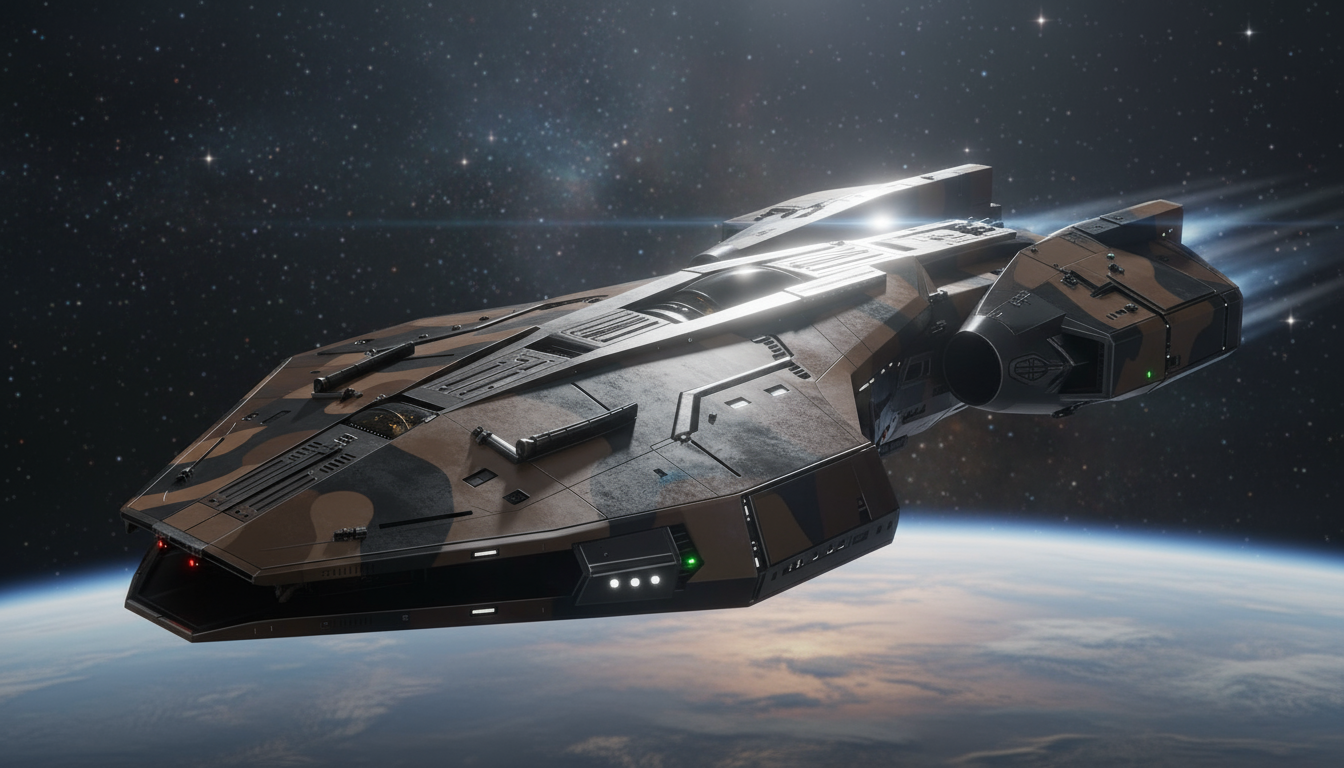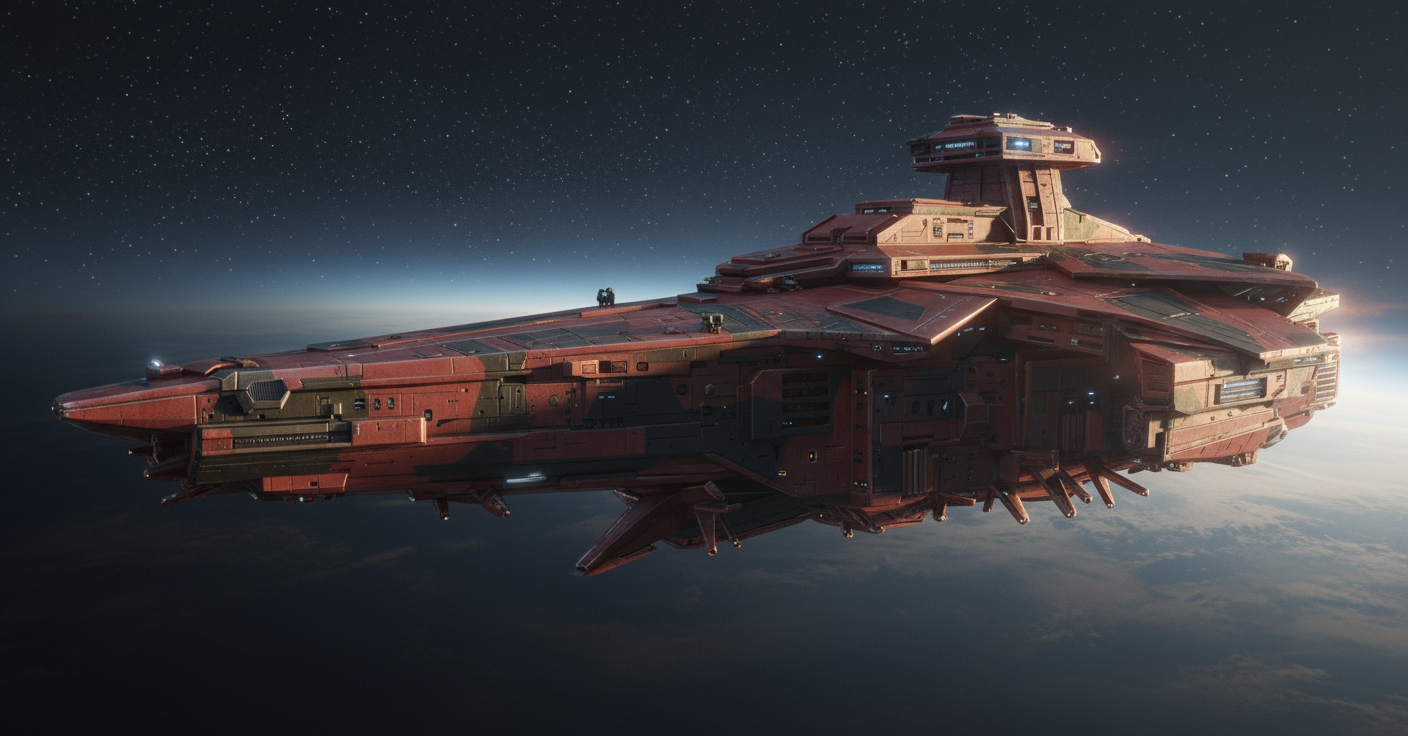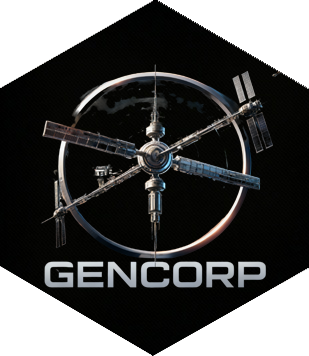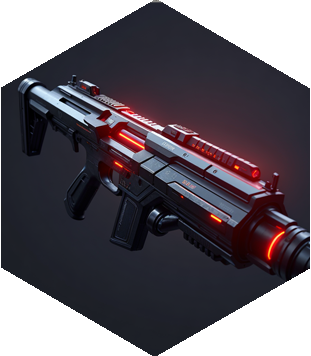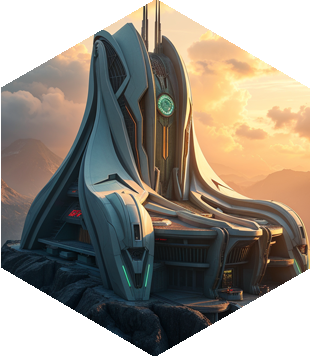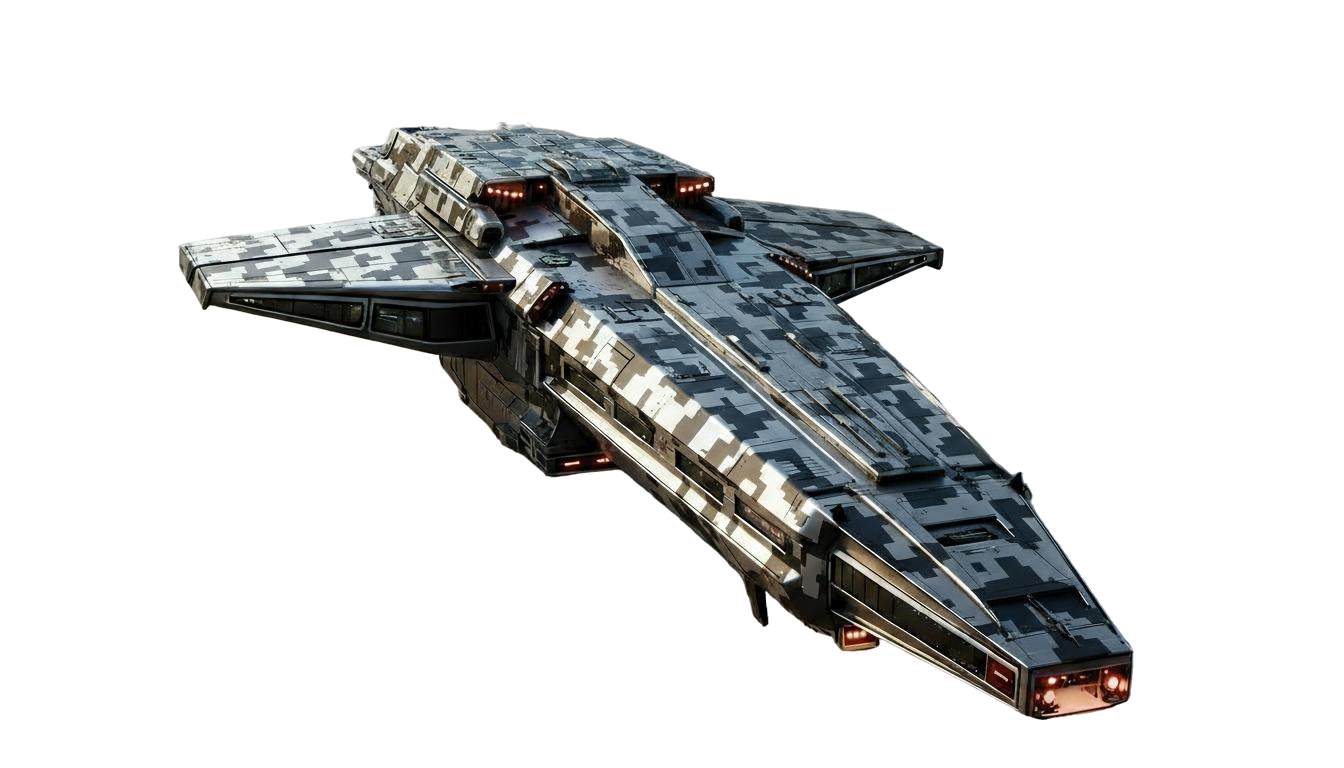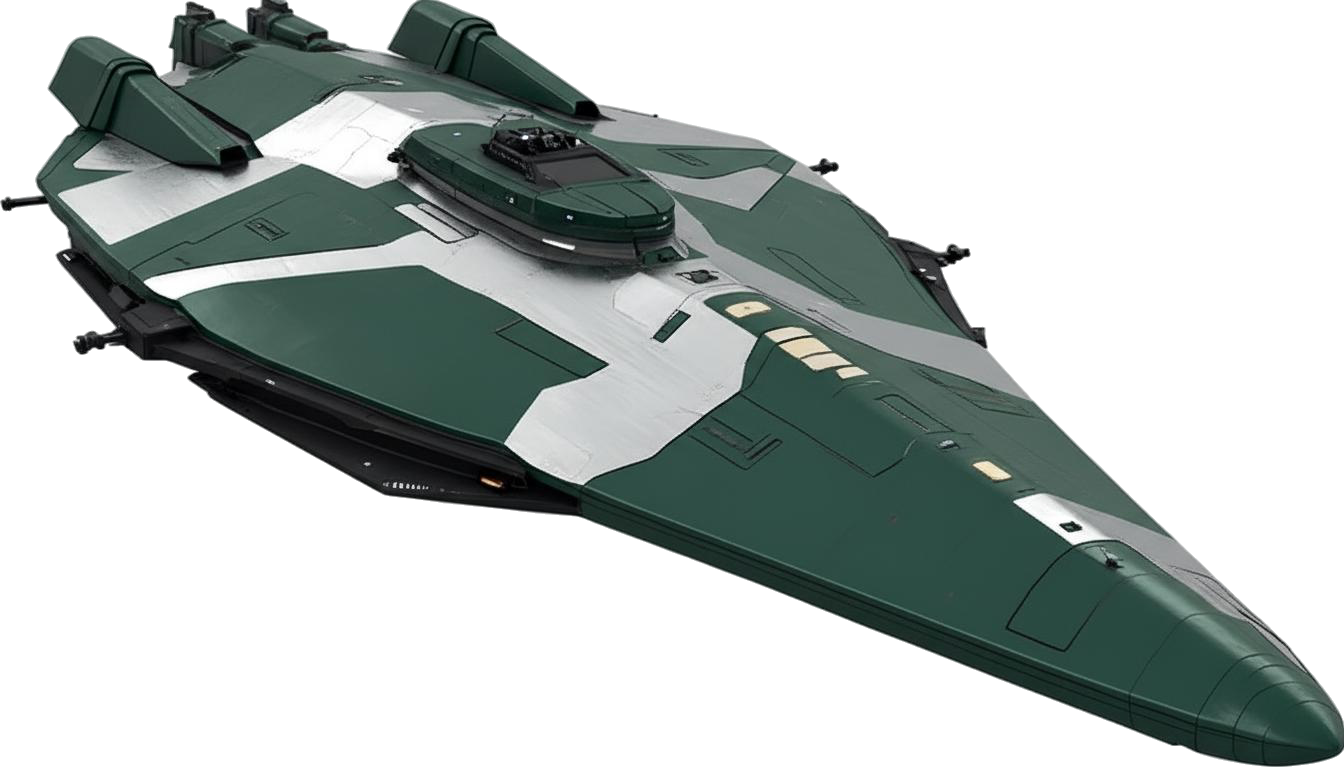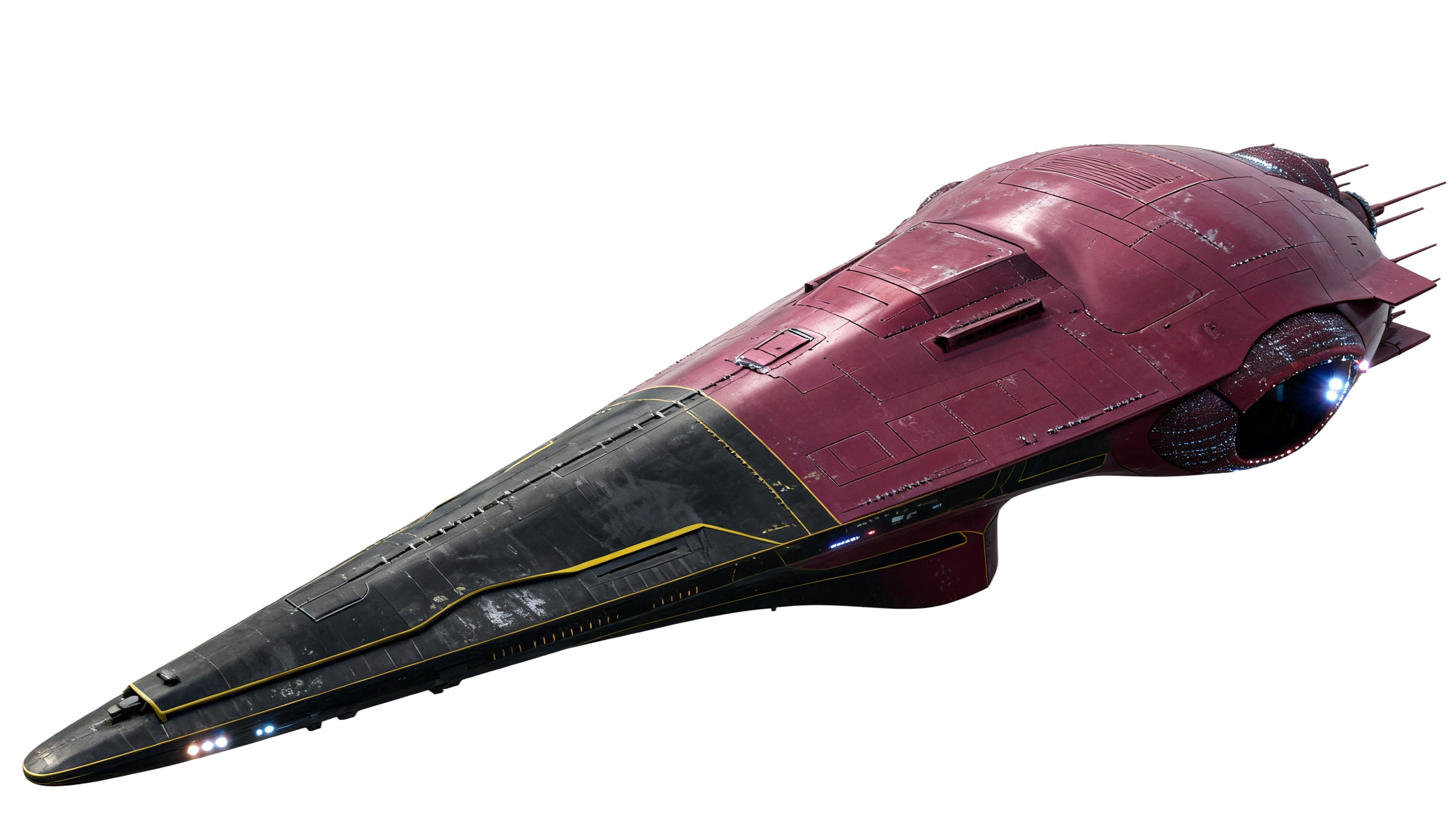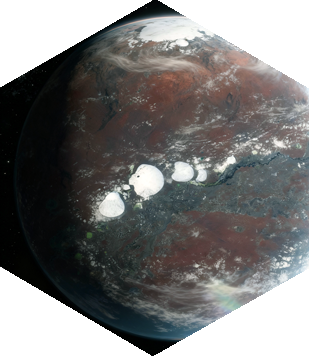Orbitals
Orbitals are vast, self-contained habitats suspended in stable planetary or stellar orbits—ringworlds, cylinders, and spherical megastructures that redefine the concept of habitation. Engineered jointly by Terran, Cetian, and Aniran civilizations, orbitals embody the pinnacle of interstellar engineering and societal design. Each is capable of sustaining populations numbering in the millions, functioning as independent ecosystems and sovereign city-states in space. The first orbitals arose in the late 22nd century, when population growth, corporate expansion, and the limits of planetary colonization demanded entirely new modes of existence.
Design
Modern orbitals employ a combination of rotational segments and gravity plating to simulate stable environments for their inhabitants. These systems are supported by Gravitonium-X stabilization fields, preventing stress fractures across megastructure arcs. Many designs incorporate biosphere domes and closed-loop ecosystems, allowing continuous recycling of air, water, and organic material without external input. Their outer hulls are often composed of Solarskin composites—adaptive panels that absorb stellar radiation and convert it into power with near-total efficiency.
Internal architecture varies dramatically across civilizations. Terran orbitals often resemble vertical metropolises with towering skylines and urban arcologies. Cetian designs integrate seamlessly with artificial gardens, waterfalls, and translucent riverways, while Aniran orbitals display geometric harmony and reflective materials that evoke both function and philosophy. In each, natural and artificial life coexist in carefully tuned balance.
Functions
- Residential: Orbitals provide sanctuary for colonists who prefer controlled environments or are unable to survive in planetside conditions.
- Industrial: Many serve as orbital foundries and shipyard complexes, manufacturing starship components and aerospace materials without the constraints of gravity.
- Military: Fortified orbitals act as bastions of defense in major trade corridors, housing fleets and coordinating tunnel-space patrols.
- Cultural: Select orbitals function as diplomatic enclaves and centers of art, education, and cross-species dialogue—living museums of interstellar civilization.
Strategic Role
Orbitals serve as anchors of power and logistics across the Terran Core. Positioned along major trade arteries and tunnel ingress points, they act as refueling stations, command hubs, and defensive shields protecting vital systems. Strategic orbitals such as those maintained by the Bastion, OPS, and the USSC oversee traffic through the most contested regions of space, coordinating fleets and maintaining corridor integrity. Their destruction or capture often marks turning points in interstellar conflicts, underscoring their immense strategic value.
Cultural Significance
Beyond their engineering marvel, orbitals have taken on deep symbolic and cultural meaning. For countless colonists, they represent the triumph of civilization over scarcity—the transformation of the void into a living home. Many colonies celebrate the First Sunrise, the moment when an orbital’s internal light system first activates, flooding its habitat rings with dawn. This event is treated as a civic holiday—a commemoration of creation, endurance, and hope within the endless night of space.
In the poetic traditions of the Core, orbitals are often called “cities that dream around worlds,” eternal sentinels that orbit both their stars and the ambitions of their makers.
